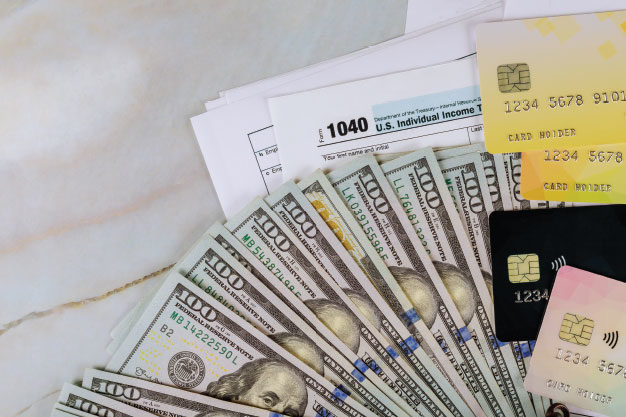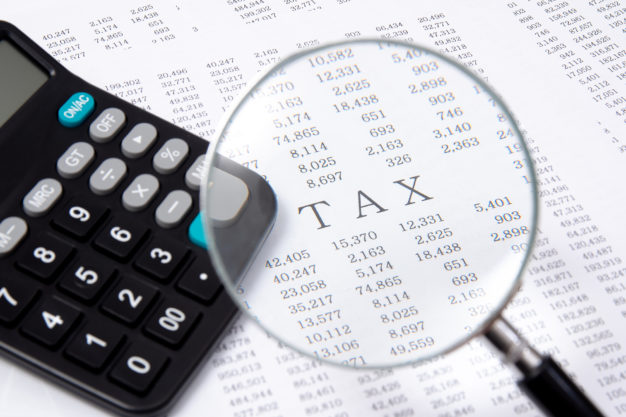IRS Urges Taxpayers to Choose Tax Preparers Carefully to Protect Data (IR-2025-21)
The IRS reminded taxpayers to choose the right tax professional to help them avoid tax-related identity theft and financial harm. […]
Read MoreThe IRS has released guidance which addresses the federal income tax treatment and information reporting requirements for payments made to or on behalf of financially distressed individual homeowners by a state with funds allocated from the Homeowner Assistance Fund (HAF). The fund was established under section 3206 of the American Rescue Plan Act of 2021, P.L. No. 117-2, in response to the coronavirus disease (COVID-19) pandemic. This guidance is effective on November 8, 2021, and would apply to qualified expenses paid after January 21, 2020.
Disaster Relief Payments
The IRS guidance provides that any HAF payment made to or on behalf of a homeowner is qualified disaster relief payment within the meaning of Code Sec. 139(b)(4) since COVID-19 is a qualified disaster. As a result, such payments are not included in the homeowner’s gross income. However, a homeowner that receives a HAF payment, or on whose behalf a HAF payment is made, for qualified expenses cannot take a deduction or credit with respect to such expenses. Qualified expenses under the HAF program include assistance payments for mortgage payments, utilities, and insurance.
Safe Harbor for Tax Deductions
For tax years beginning in 2021 through 2025, a homeowner may deduct as qualified mortgage interest expenses or qualified real property tax expenses on the homeowner’s federal income tax return for the lesser of:
A homeowner may first allocate the HAF payments to qualified expenses that are not qualified housing payment expenses before allocating the remaining portion of the HAF payments to qualified housing payment expenses. A qualified housing payment a payment for a mortgage or taxes that would be eligible to be deducted on the taxpayer’s return.
Eligible Homeowners
A homeowner is eligible to claim relief under the IRS guidance if:
Reporting Requirements
Since HAF payments made to or on behalf of homeowners are excluded from the gross income of the homeowners, they are not fixed or determinable income under Code Sec. 6041 and information reporting for such payments is not required. HAF payments that are made directly to third parties on behalf of homeowners, such as payments made to insurance companies and homeowners associations, are generally reportable to those third parties if they constitute fixed or determinable income to the third party and the aggregate payments meet the $600 reporting threshold. Moreover, the interest received from a governmental unit or an agency or instrumentality of a governmental unit is not interest received on a mortgage. Lenders who receive a homeowner’s mortgage payments directly from a State should not report the interest received from the State on Form 1098 as interest received on the homeowner’s mortgage.
If a lender files and furnishes a Form 1098 that includes mortgage interest received directly from the State, thereby reporting an incorrect amount of interest on the information return, the lender will not be subject to penalties under Code Secs. 6721 and 6722 so long as the lender notifies the homeowner that the amounts reported on the Form 1098 are overstated because they include payments from a governmental unit or an agency or instrumentality of a governmental unit, and sets forth the amount of the overstatement. Such notification to the homeowner should be made at the time the Form 1098 is furnished or within 30 days thereafter, and can be provided in a separate statement (written or electronic), or included on Form 1098 in Box 10 labeled “Other”.
The IRS reminded taxpayers to choose the right tax professional to help them avoid tax-related identity theft and financial harm. […]
Read More
The IRS provided six tips to help taxpayers file their 2024 tax returns more easily. Taxpayers should follow these steps […]
Read More
The IRS encouraged taxpayers to make essential preparations and be aware of significant changes that may affect their 2024 tax […]
Read More
Guidance is provided for property and casualty insurers that write inland marine insurance and pay the State Fire Marshal Regulatory […]
Read More
The IRS released the optional standard mileage rates for 2025. Most taxpayers may use these rates to compute deductible costs […]
Read More
The IRS, in partnership with the Coalition Against Scam and Scheme Threats (CASST), has unveiled new initiatives for the 2025 […]
Read More
The IRS reminded disaster-area taxpayers that they have until February 3, 2025, to file their 2023 returns, in the entire […]
Read More
The IRS has announced plans to issue automatic payments to eligible individuals who failed to claim the Recovery Rebate Credit on their […]
Read More